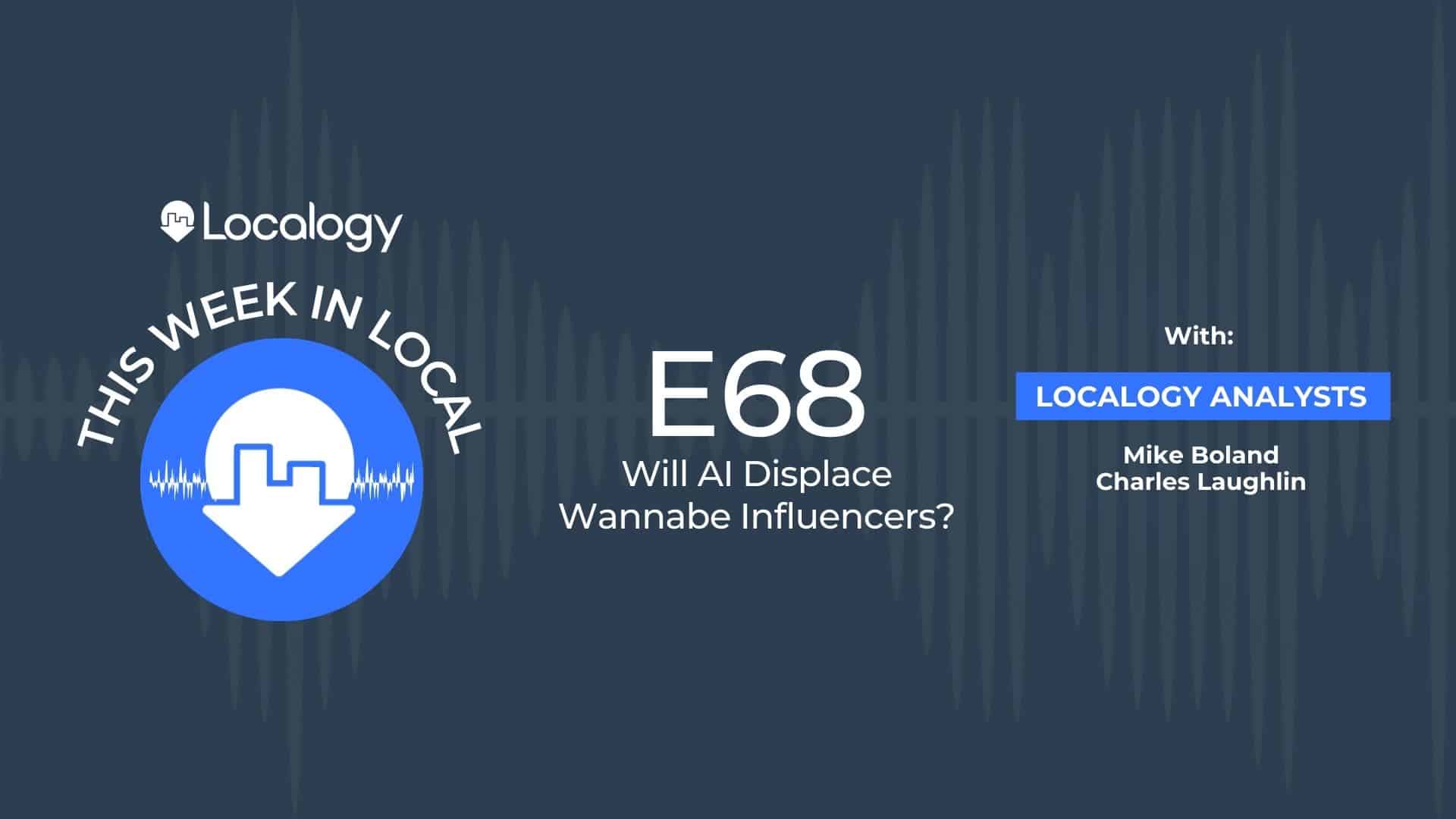Shoppability and privacy are two of the many media and tech macro trends that stood out in 2022. These phenomena are not only driving ample activity in media and commerce, but they’re colliding and feeding into each other. But before getting into all that, let’s tackle these trends one at a time.
Starting with Shoppability, this is an ongoing area of development in eCommerce and social media where everything is becoming shoppable. Once limited to upper-funnel marketing and brand exposure, these channels and apps are moving down-funnel to offer transactional functions around product placement.
This takes shape in buy buttons on everything from YouTube videos to Snapchat Stories. Social commerce beacons like Instagram also offer tools to stimulate in-feed shopping such as product tags. Brands and influencers are incentivized to add these tags which builds a structured shopping taxonomy.
Under One Roof
“In feed” is the operative term, as all the above is meant to engender insular end-to-end shopping flows under one roof. That reduces friction for users, which boosts conversions. It also serves apps and social channels by keeping users within their walled gardens and lessening bounce rates.
Moving on to the second big macro trend, it’s no secret that we’re in the age of privacy reform. This takes several forms including legislative and private-sector measures. The former gets the most headlines but the latter is more impactful, including platform-level restrictions from iOS and Android.
These restrictions include things like end-user transparency about the data that their apps are collecting, such as Apple’s App Tracking Transparency (ATT). There’s also a crackdown on third-party data, such as ad networks that track users across websites in order to target them behaviorally.
That last part is why you hear so much these days about the value of first-party data (or zero-party data). Any media property or app can gain an edge if it can achieve a combination of scale (meaningful data volume) and first-party orientation. The exemplar of this one-two punch is Amazon.
The Privacy Gods
And that brings us back to the collision of shoppability and privacy. Earlier we said that a key tenet of shoppability is shopping flows that happen all under one roof. Another way to frame that is in first-party terms. The full funnel – from product discovery to consideration to purchase – happens in one place.
But beyond advantages outlined earlier, including lessening user friction and bounce rates, shoppability enables first-party data collection. In other words, by developing end-to-end shopping flows on one’s own property – say, Instagram – a more holistic data set for each signed-in user can be collected.
As long as that data is collected and then applied by the same entity, the privacy Gods are happy. And to add another incentive, shoppability offers more concrete and performance-based ROI for marketers that choose to work with a given app in their media mix. Such KPIs drive decisions in a downturn.
This is all to say that Shoppability has several driving factors that continue to be layered on. For all these reasons, we see it as a trend that’s just getting started. It was accelerated in the Covid era but continues to gain dimension with everyone from Pinterest to TikTok. Expect lots more action in 2023.




